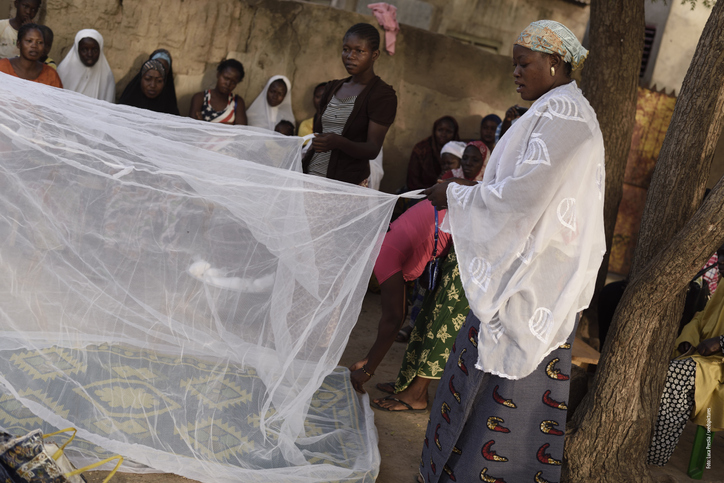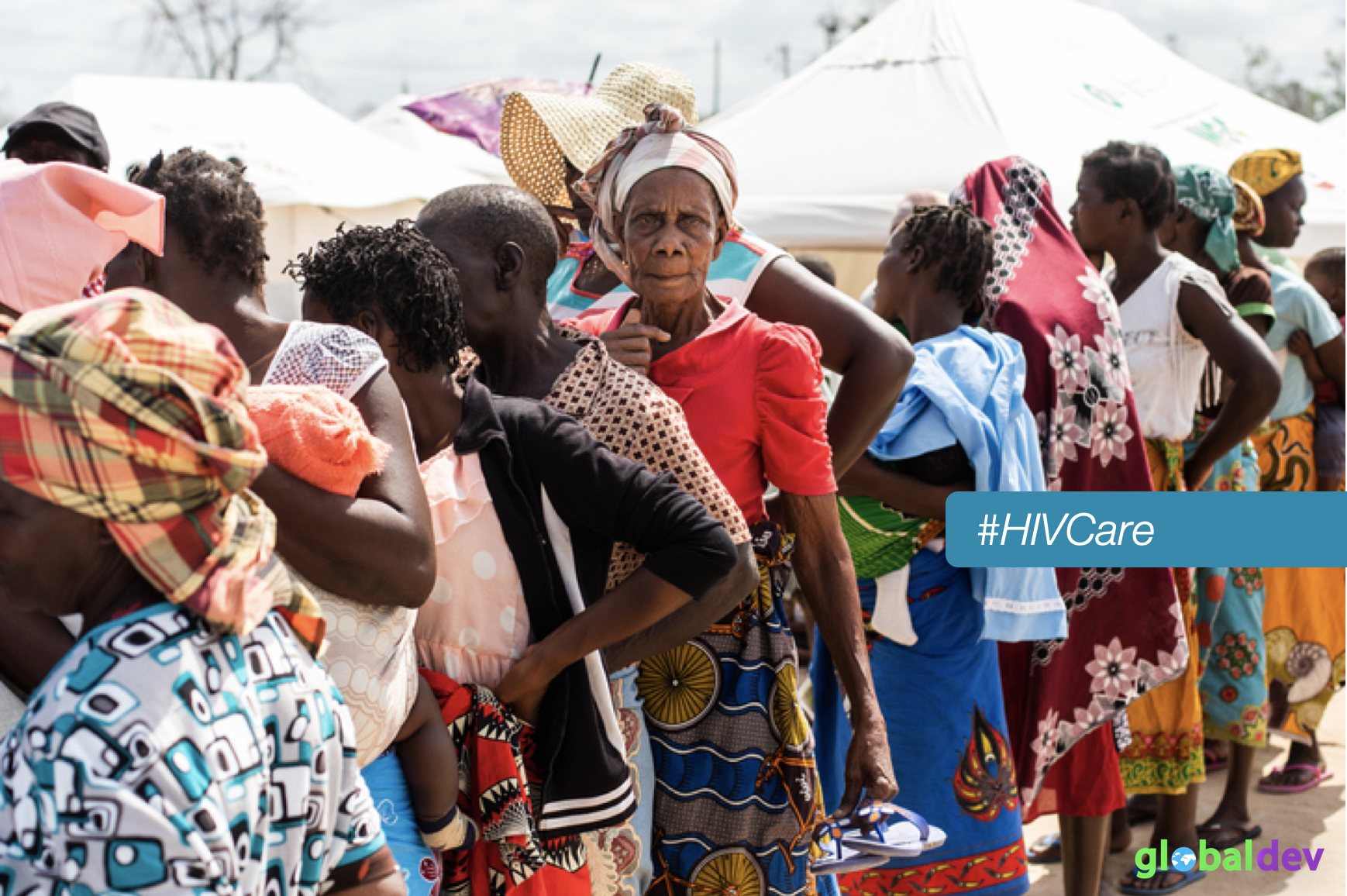In 2015, mental health was included in the Sustainable Development Goals (SDGs). This column argues that if we are going to achieve a substantial reduction in the global burden of mental health conditions, we have to address the social and economic circumstances that drive them. An integrated development agenda should place mental health at the centre, as both a means and a goal of international development.
For those of us who have been working as advocates and researchers for global mental health for many years, 2015 was a major milestone. For the first time, mental health was included in the SDGs. This was significant because mental health had been absent from previous international development initiatives, such as the Millennium Development Goals.
Importantly, there was specific mention of targets for mental health, wellbeing, and substance abuse in the health goal: SDG 3 (Targets 3.4 and 3.5). The targets provide support for including mental health in national health insurance schemes as many countries move towards universal health coverage, with a goal of reducing global health inequities.
Yet there is a danger in thinking that mental health is only pertinent to SDG 3. The danger is that all international development efforts and resources focus on providing treatment services and on narrowing the treatment gap for people living with mental health conditions.
This is an important area of development. Indeed, it has been the focus of much of my work in the last 20 years, for example, through the PRIME and AFFIRM collaborations.
But it is not the whole picture. Why? Because mental health conditions like depression, anxiety, post-traumatic stress disorder, and schizophrenia are profoundly socially determined. Exposure to social and economic adversity exerts its influence on mental health across the course of life.
For example, poverty has a negative effect on the mental, behavioral, and emotional health of children and youth through a number of pathways. Poverty and mental illness are intertwined in a vicious cycle that increases risk of mental illness among the poor, and maintains a downward spiral into poverty among those living with mental illness.
For example, during our implementation of the AFFIRM trial for maternal depression in Khayelitsha, South Africa, we encountered many women whose experience of depression was linked to their experience of poverty and social adversity.
In other words, if we are going to achieve a substantial reduction in the global burden of mental health conditions, we have to address the social and economic circumstances that drive them. Or to put it more plainly: why treat people only to send them back to the circumstances that made them sick in the first place?
Recently, we undertook a large systematic review of reviews, using a novel framework for the social determinants of mental health. This framework embeds the SDGs in each of five main domains: demographic, economic, neighborhood, environmental events, and socio-cultural. We synthesized evidence from 289 systematic reviews, providing compelling evidence for how distal and proximal factors in each domain shape the mental health of individuals across their life course.
In this process, we attempt to illustrate how attaining a much wider range of SDG targets is relevant for global mental health. For example, reduction of gender-based violence, cash transfers, housing improvements, improved education, and early responses to humanitarian emergencies all carry mental health benefits – and their impact and sustainability could potentially be enhanced with integrated mental health interventions.
To illustrate, the effect of cash transfer programs for unemployed youth could be greatly enhanced with cognitive behavioral therapy, which strengthens young people’s ability to manage low mood, irritability, or anxiety, to develop social skills, and to promote their ability to plan for their future. These investments in the developing human brain provide greater traction for investments in economic and social development.
In short, an integrated development agenda is required that places mental health at the centre – both as a means and a goal of international development.
This perspective has the potential to set new policy agendas, focusing on integrating mental health into other development priorities. Examples might include providing supported housing accommodation for homeless adults with severe mental illness in urban slums. Or integrating mental health promotion into gender empowerment programs for adolescent girls.
From this perspective, a broader research agenda becomes possible: evaluating the mental health and economic outcomes of programs that link cash transfers and task-sharing psychosocial interventions for adolescents and young adults. Or linking genetics, cognitive neuroscience, and development economics to assess mental health, social, and economic outcomes of large birth cohorts in African countries.
These are exciting times to be working in the field of global mental health, particularly in low- and middle-income countries. The SDGs challenge us to include mental health as both a means to attaining other international development targets and a worthy goal in and of itself.






